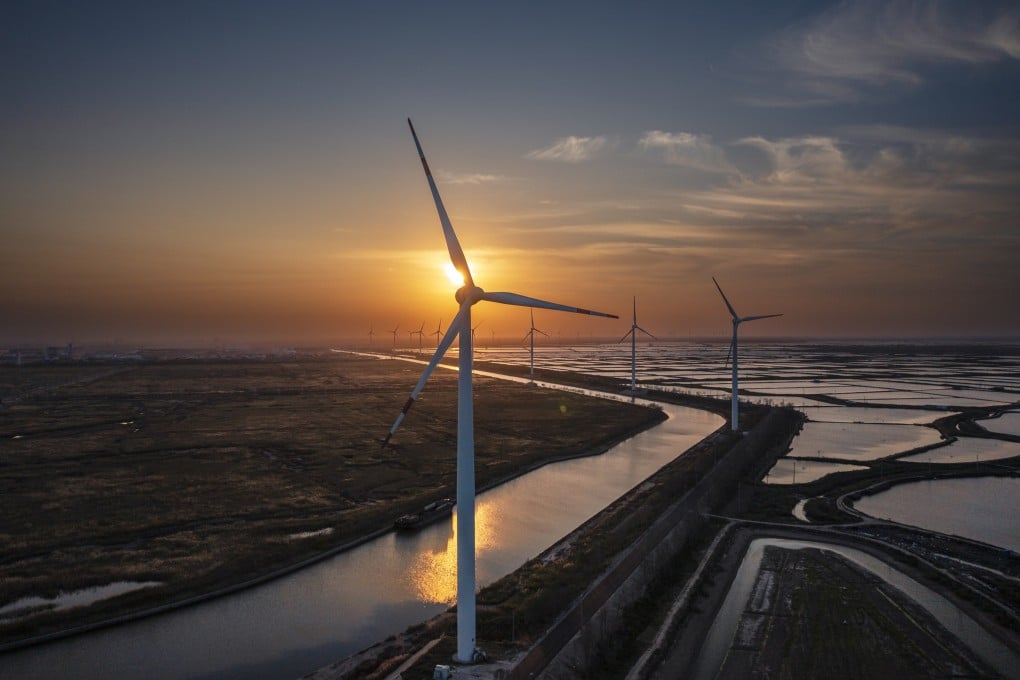Advertisement
Climate change: why multinational firms, eager to buy green power in China, find it hard to get enough to meet their decarbonisation goals
- China’s nascent green electricity trading scheme has attracted keen interest, but limited supply as well as volatile energy prices are getting in the way
- ‘The biggest barrier is the lack of actual physical green volume,’ says energy consultant
Reading Time:3 minutes
Why you can trust SCMP

China’s nascent green electricity trading scheme has attracted keen interest from multinational companies seeking to offset their carbon footprints in the country.
But supply has been limited in a partially reformed market that is still heavily reliant on state-guided power distribution.
Also making it challenging for buyers and sellers to agree to deals – especially long term ones – is volatile global energy supply and prices amid heightened geopolitical uncertainties sparked by Russia’s invasion of Ukraine.
Advertisement
“Green power demand is strong in China as more companies hear that green power purchase agreements are now possible and available,” said David Fishman, a Shanghai-based senior manager at energy consultancy The Lantau Group, which helps large power users secure green energy supply.
“The biggest barrier is the lack of actual physical green volume to fill these agreements, since the list of projects available to trade in the wholesale markets is relatively short.”
The prices and volumes of bilateral deals done through the scheme – administered by the state-run green power exchanges in Guangzhou and Beijing – are not made public.
Advertisement
Select Voice
Choose your listening speed
Get through articles 2x faster
1.25x
250 WPM
Slow
Average
Fast
1.25x